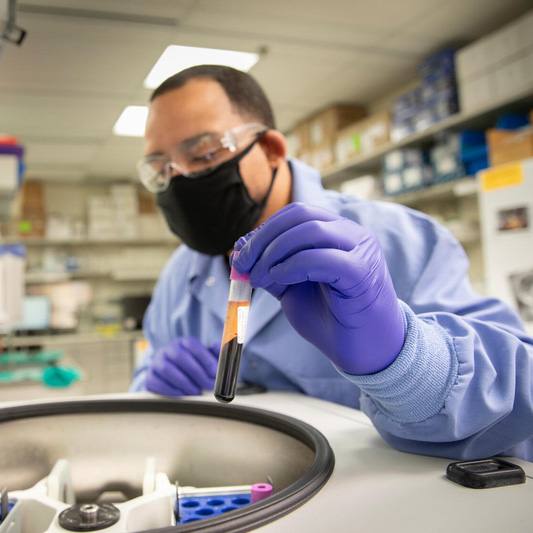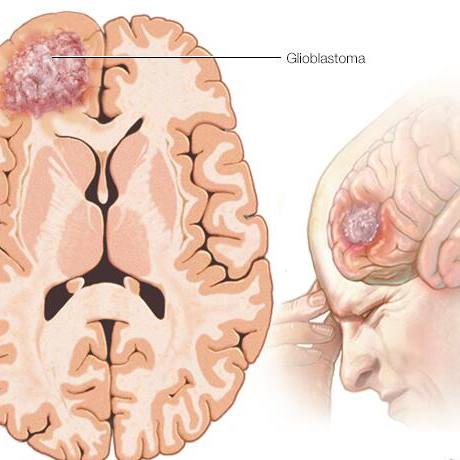-
Research
Mayo Clinic Minute: What is a Hispanic biobank?
A growing number of people in the U.S. identify as Hispanic. That has the medical community looking closer at diversifying information and samples that can apply to a broader patient population.
Dr. Richard O. White, a Mayo Clinic community internal medicine physician, says biobanks, including the Jax Saludable Biobank, are shaping the future of medicine.
Journalists: Broadcast-quality video pkg (1:00) is in the downloads at the end of the post. Please courtesy: "Mayo Clinic News Network." Read the script.
More accurate medical tests, and targeted treatments and procedures, are the product of medical research. That research, and the goal of better health, starts with a sample, often stored in a biobank.
"The biobank really represents a biorepository, a collection of biospecimens: blood and saliva samples," says Dr. White.
Biobanks targeting Hispanic donors are helping researchers studying genetic or other types of information to better understand the growing Hispanic population and apply knowledge.
"The ideal candidate really is anyone who self-identifies as Hispanic or of Latino heritage, who is over 18, and is interested in providing biospecimen information that can be used for future research to help advance science," says Dr. White.
Providing a sample to the biobank is straightforward and pain-free.
"The buccal swab for a DNA sample is really just like taking a Q-tip and swabbing the inside of the mouth," says Dr. White. "Providing a blood sample is similar to just getting your cholesterol checked or your blood sugar checked at your doctor's office."
For the safety of its patients, staff and visitors, Mayo Clinic has strict masking policies in place. Anyone shown without a mask was recorded prior to COVID-19 or recorded in an area not designated for patient care, where social distancing and other safety protocols were followed.







